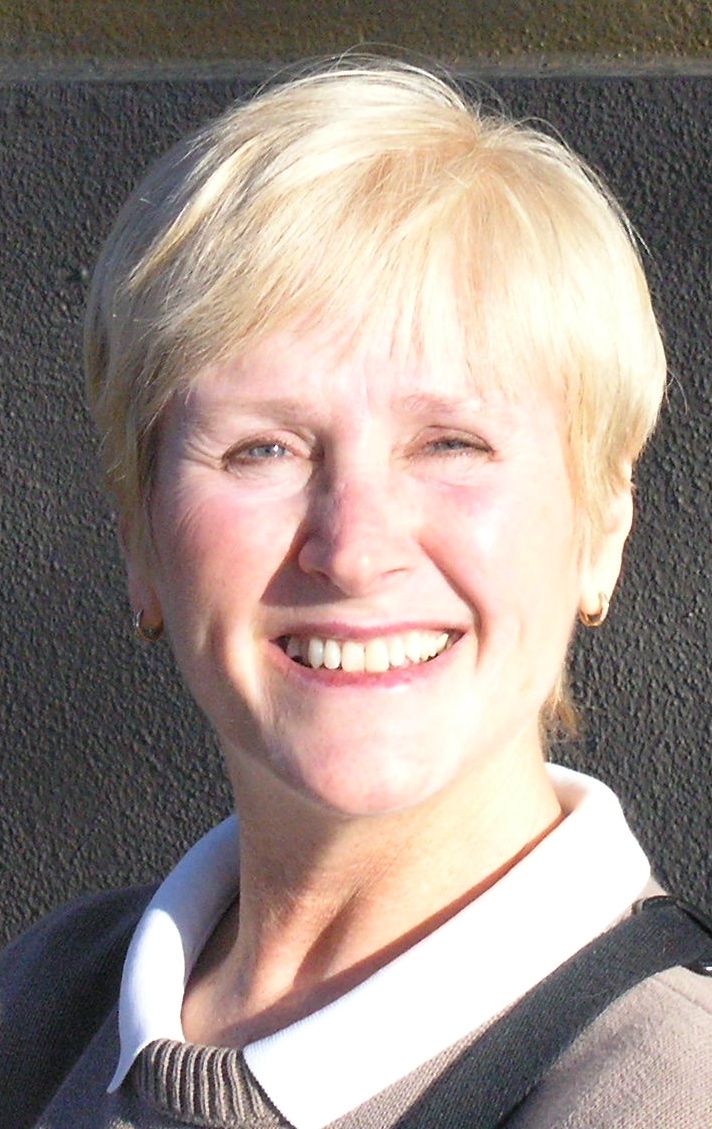 FOR MANY YEARS I WORKED IN SCHOOLS with high percentages of English Language Learners — ELLs, as we called them. Most, but not all, spoke Spanish at home as their L1, or first language.
FOR MANY YEARS I WORKED IN SCHOOLS with high percentages of English Language Learners — ELLs, as we called them. Most, but not all, spoke Spanish at home as their L1, or first language.
So I took pains to brush up on the Spanish I’d begun learning in first grade at Louisa May Alcott Elementary School back in Tulsa.
Part of a pull-out program whereby a handful of us were extracted from the larger group of squirming seven-year-olds, taken to what seemed like a storage closet and drilled on Spanish vocabulary, I learned naranja, for example. Orange. Also, an orange.
Funding must have run out on that program. I learned my numbers up to one hundred, primary colors and household items. La mantequilla, por favor. And that was the end of that.
No more Spanish instruction until high school. A big gap in second language learning for me — aside from a feeble foray into French in seventh grade. Le mur. That’s about all I retained. Un, deux, trois, quatre, cinq. Je suis Charlie.
I learned plenty of Spanish in high school — even conjugated my way up to president of the Spanish Club and thereby claimed by default the title, “Queen of the Geeks.”
Why schools persist in delaying second language training until the upper grades is baffling. Both common sense and long-standing research say language acquisition peaks in early childhood.
We need to frontload that stuff. Imagine the strides toward peace-making in a world of bilingual folks …
Once, I was showing off at a school where I was principal. My attendance was expected at community meetings with the parents of our second language learners. I’ve never been fluent in small talk, but as people were gathering I determined to make them comfortable. So I moved next to a man and his wife who’d brought their student and her younger siblings to the meeting. “Hola!” said I.
“Hola!” he responded.
From there, I strung together about as many Spanish sentences in a row as I had ever managed, the general gist of which was that we were proud of our Spanish-speaking students and so glad to host their families at our school.
He smiled at me and replied in English: “I don’t speak Spanish, but it sounds like you’re doing very well in your studies.”
So. That’s how it works on the world peace front. That gentleman surely felt more kindly toward me, right? All one must do is make an effort to break down the barriers of fear and misunderstanding. It’s hard to stay mad when you’re bemused.
I continued with my efforts to improve my Spanish, attending an immersion school a few years later at the International University in Cuernavaca, Hidalgo, Mexico. It was there that I held my own in a Spanish discussion about manners with my host family, right up until I declared with emotional emphasis that discourteous people made me into a rabbit.
See, the Spanish words for “rabbit” and “anger” are pretty similar. They both end in “jo” anyway. So. We had a perplexed moment there at the table while they tried to piece together the transformation undertaken by a person slighted in a social situation.
They were with me right up until then. I know it. I could see it in their faces. That’s the kind of thing that will bridge cultures.
But if you’re not into world peace, there are other fine reasons to learn a second language: For example, research out of Sweden shows that language centers in the brain actually grow as a result of successful language learning. The better you learn, the more those vital areas of the brain grow. Big brain = good.
And here’s another biggie: Learning a second language can stave off dementia!
According to Canadian scientists, bilingualism delays Alzheimer’s disease in susceptible people by as much as five years. Studies across the board continue to support this result.
To put it in context, the study’s author says the beneficial effect on dementia of learning a second language is much greater than any other benefit achieved, even with the latest drug therapies.
There you have it! Big-brained, drug-free living for world peace. Salud!
Carolyn Plath, M.Ed., is a Benicia resident and retired high school principal. Read her blog at thinkdreamplay.blogspot.com.






Leave a Reply